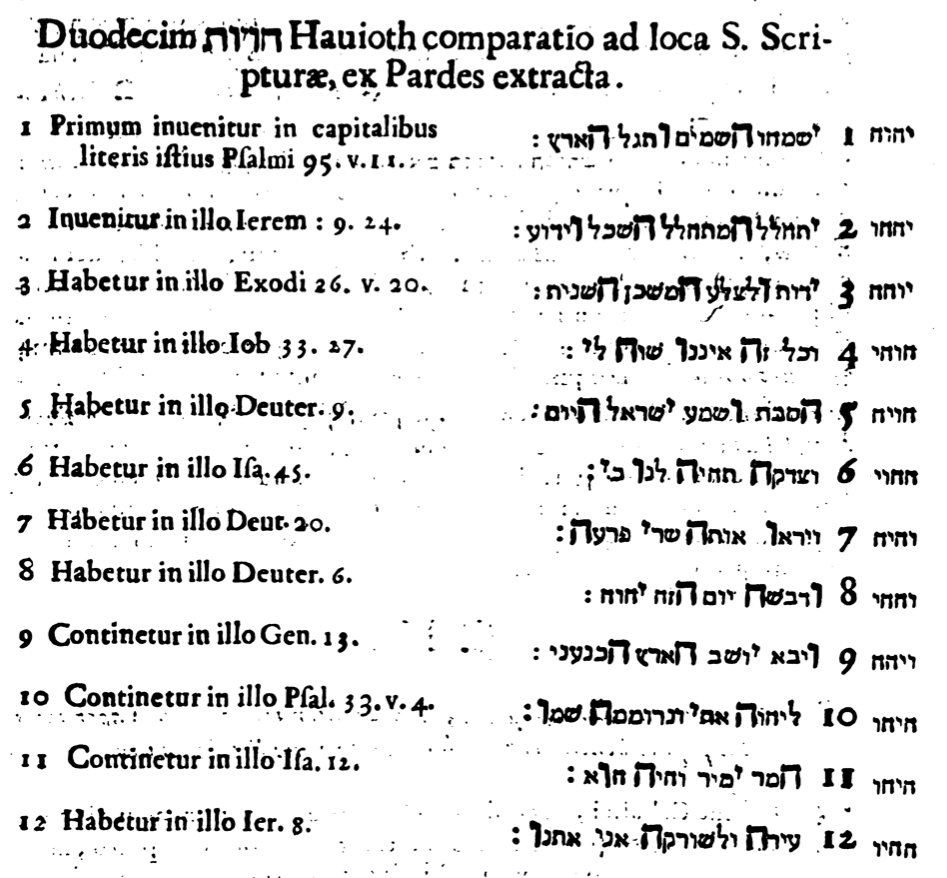Oedipus Aegyptiacus
Oedipus Aegyptiacus is Athanasius Kircher's supreme work of Egyptology.
The three full folio books of ornate illustrations and diagrams were published in Rome over the period 1652–54. It contains significant material of interest to occult scholars, including astrology, the Kabbalah, Greek mythology, Pythagorean mathematics, Arabian alchemy and Latin philology.
Content
Oedipus Aegyptiacus is an example of syncretic and eclectic scholarship in the late Renaissance and representative of antiquarian scholarship before the modern scientific era.
There are extensive chapters explaining ritual magic in the context of the Kabbalah and angels, this includes information about the 72 Kabbalistic angels and the Archangels of the Zodiac. However, most of the information presented by Kircher on these topics was previously published nearly 100 years earlier in Three Books of Occult Philosophy.
Hieroglyphs
The third volume of Oedipus Aegyptiacus deals exclusively with Kircher's attempts to translate Egyptian hieroglyphs. The primary source for Kircher's study of hieroglyphs was the Bembine Tablet, so named after its acquisition by Cardinal Bembo, shortly after the sack of Rome in 1527. The Bembine Tablet is a bronze and silver tablet depicting various Egyptian gods and goddesses. In its centre sits Isis representing "the polymorphic all-containing Universal Idea."
His renditions of hieroglyphic texts tended to be wordy and portentous and completely incorrect. For example, he translated a frequently occurring phrase in Egyptian, dd Wsr, "Osiris says," as "The treachery of Typhon ends at the throne of Isis, the moisture of nature is guarded by the vigilance of Anubis."
Egyptologist E.A. Wallis Budge once said Kircher's translations were "utter nonsense."
The accurate meaning of Egyptian hieroglyphs were not deciphered until 1824 when Jean-François Champollion finally solved the riddle through his study of the Rosetta stone.
